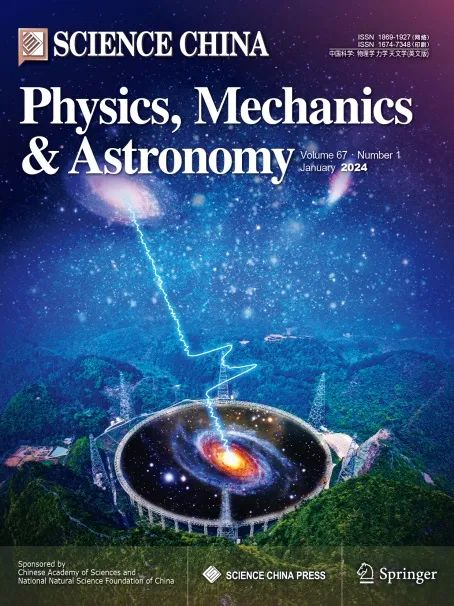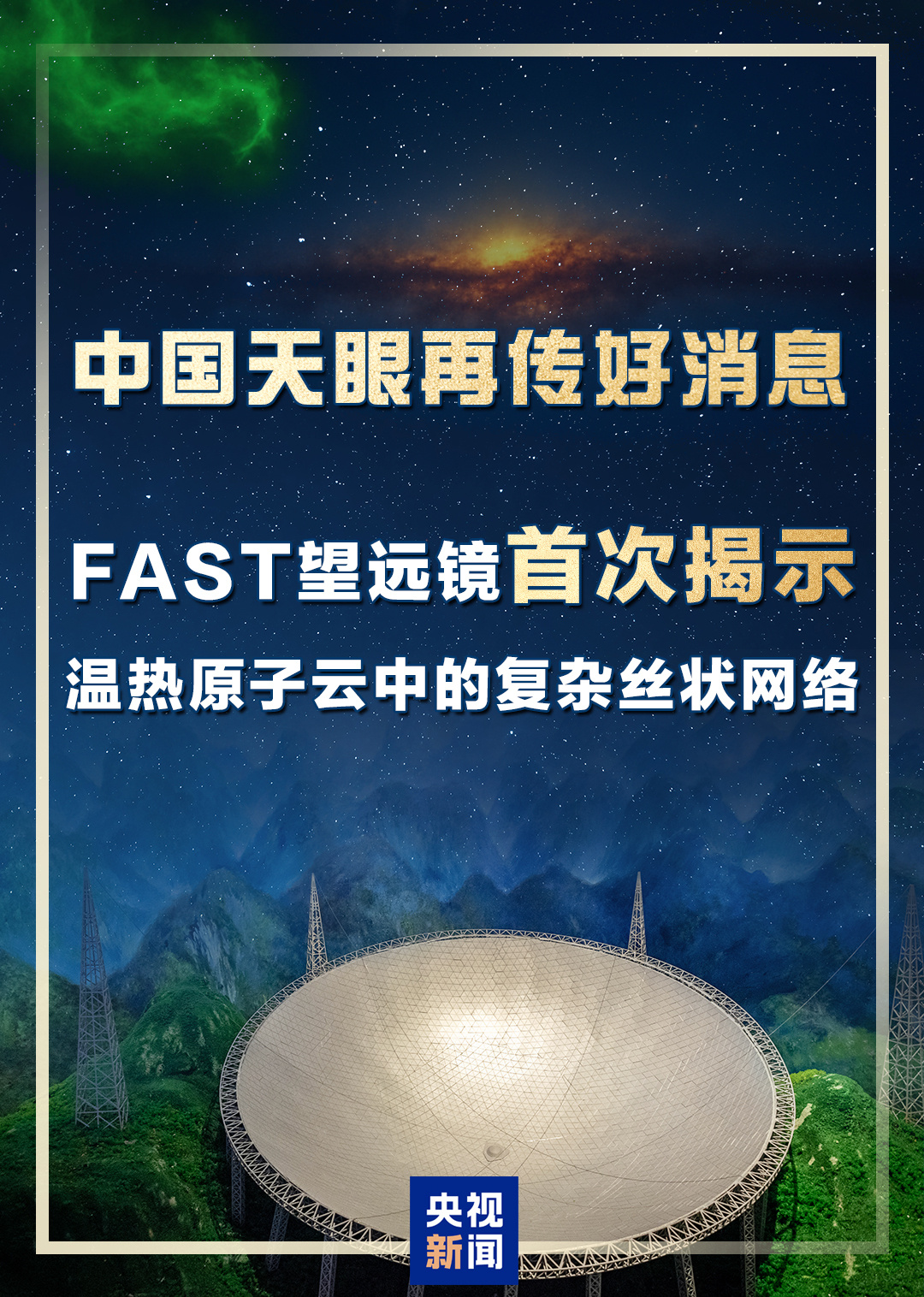
Recently, research teams from the Guizhou Radio Astronomy Observatory of Guizhou University, the National Astronomical Observatory of the Chinese Academy of Sciences, and Peking University used China Sky Eye Survey data to construct and release the world's largest neutral hydrogen galaxy sample, sharing high-quality samples with galaxy and cosmology researchers around the world. High quality large sample observation data. This result was recently published as a cover article in the English version of the Chinese academic journal "Science China: Physics, Mechanics and Astronomy".

The China Sky Eye Neutral Hydrogen Survey (English abbreviation FASHI) completed survey observations of approximately 7,600 square degrees in just three years (August 2020-July 2023) and discovered 41,741 neutral hydrogen galaxy samples. The number of samples and data quality far exceed other neutral hydrogen survey projects at home and abroad. It is expected that more than 100,000 neutral hydrogen galaxies will be detected in the next five years.

Hydrogen is the first element in the periodic table, the most abundant element in the universe, and an important component of galaxies. Neutral hydrogen (atomic hydrogen in the ground state) is widely present in galaxies at different stages of evolution. The China Sky Eye is a powerful tool for detecting faint neutral hydrogen galaxies. Compared with previous neutral hydrogen surveys, the China Sky Eye Neutral Hydrogen Survey has higher spectral and spatial resolution, wider coverage, and is more reliable and complete. Data quality.
The research team shared with researchers in the field of galaxy cosmology the world's largest sample of neutral hydrogen galaxies so far, as well as observational data on neutral hydrogen gas distribution and large-scale structure of nearby galaxies. Survey data are of great significance for studying the neutral hydrogen mass function at the low-mass end of galaxies, limiting the properties of dark matter, discovering unknown faint galaxies, and studying the large-scale structure and evolution of the universe.


